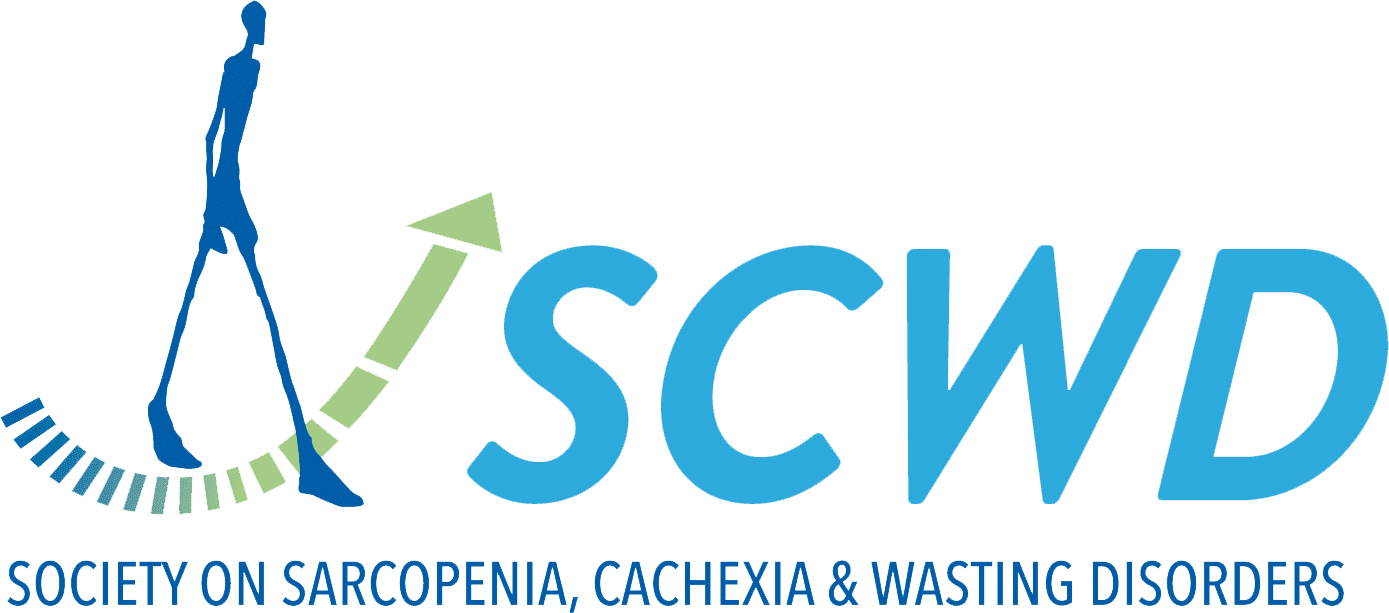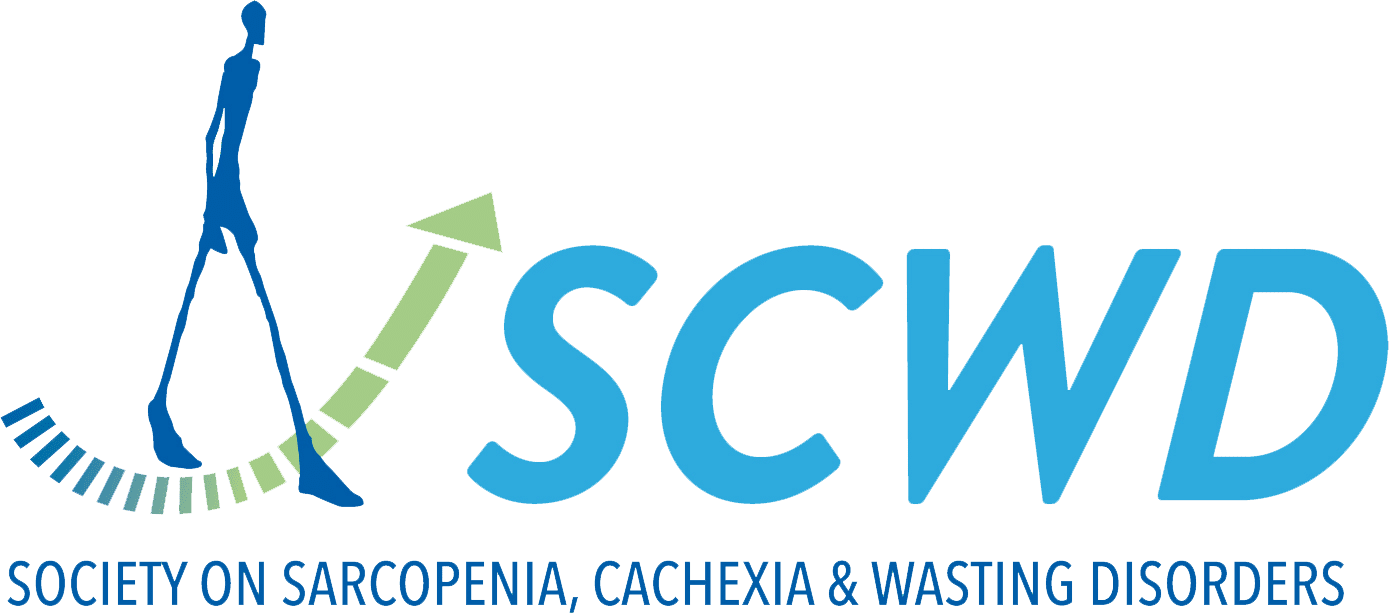Sarcopenia in Ageing and Chronic Illness: Trial Endpoints and Regulatory Issues.
In December 2024, the Society on Cachexia and Wasting Disorders (SCWD) hosted a Regulatory and Trial Update Workshop in Washington, D.C., bringing together experts from academia, industry, and the US Food and Drug Administration (FDA). This article summarizes key topics discussed during the meeting, including diagnostic challenges, emerging assessment methods, and trial endpoints.
The D 3-creatine dilution technique was highlighted as a promising tool for evaluating muscle mass. Additionally, the workshop addressed variability in computed tomography-based lumbar skeletal muscle index measurements, emphasizing sources of variation at the instrument, imaging, and reader levels, as well as biological and clinical fluctuations.
Discussions also focused on clinical trial endpoints for sarcopenia, particularly validated physical performance measures such as the Short Physical Performance Battery (SPPB), habitual gait speed, stair-climb tests, and the 6-min walk test. Furthermore, novel therapeutic approaches were explored, including 20-hydroxyecdysone, enobosarm, anamorelin, ponsegromab, and nutritional supplementation, alongside broader strategies targeting myostatin-activin signalling inhibition and Akt pathway activation.
During the meeting, it was made clear that from a regulatory treatment development standpoint, clinically meaningful changes in patient-reported outcomes, physical function and/or morbidity/mortality need to be shown. If the latter is not an efficacy endpoint, safety needs to be documented.
Given that the population that may be addressed in aging associated sarcopenia is vast, the safety requirement standards applied for studies may be equivalent to those of studies in type 2 diabetes mellitus. Some argued at the meeting that this would make study programs so large that from an economic standpoint only therapies that significantly impact on morbidity/mortality outcomes have a chance to be considered commercially feasible for development.


